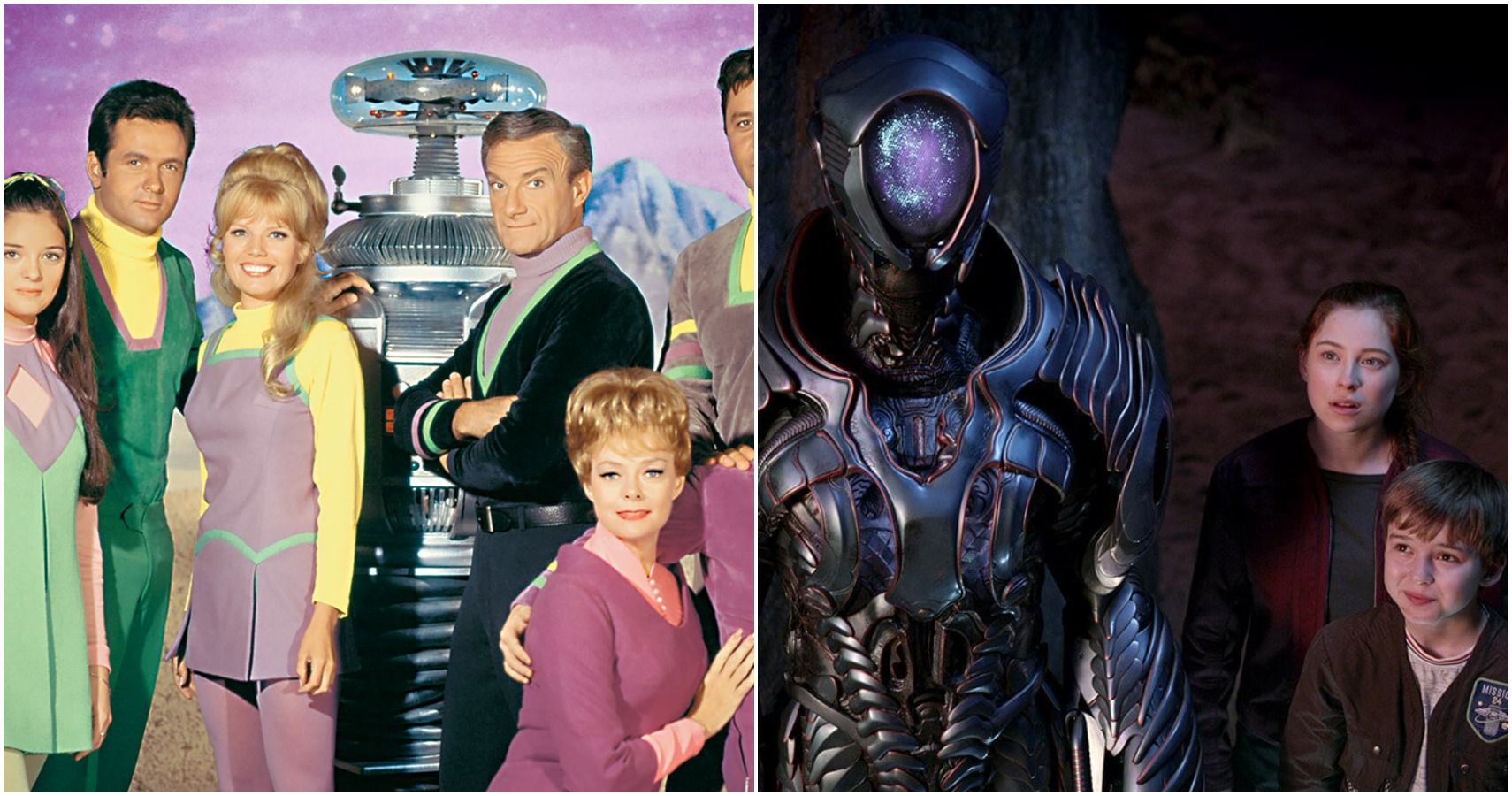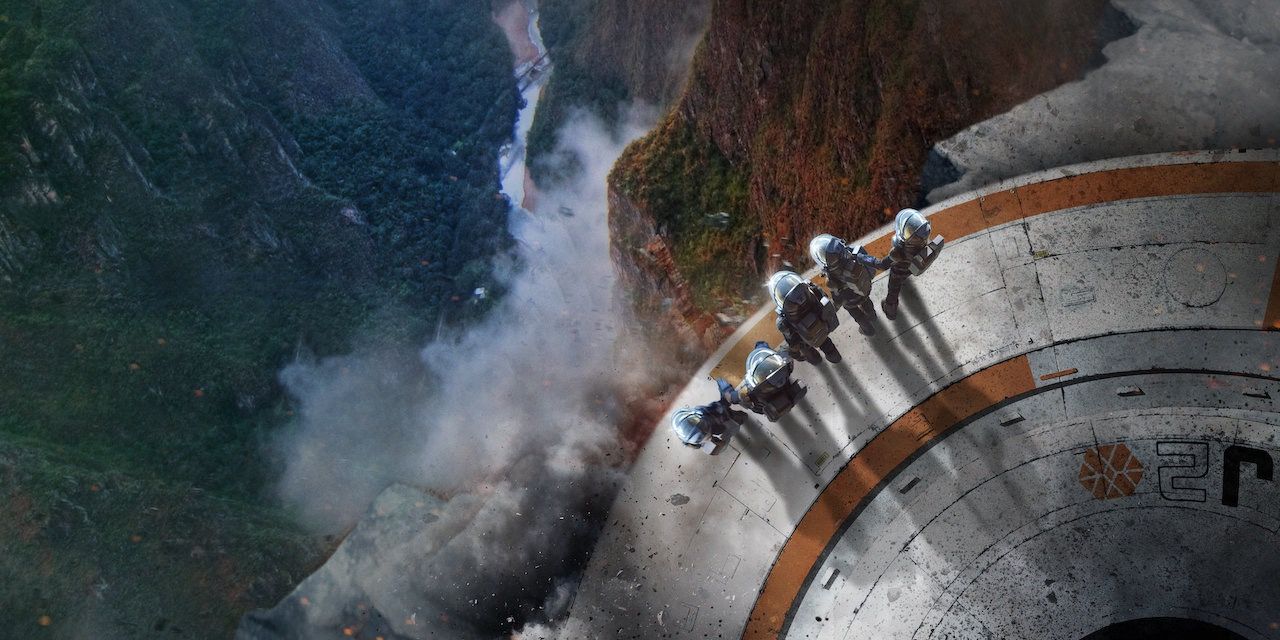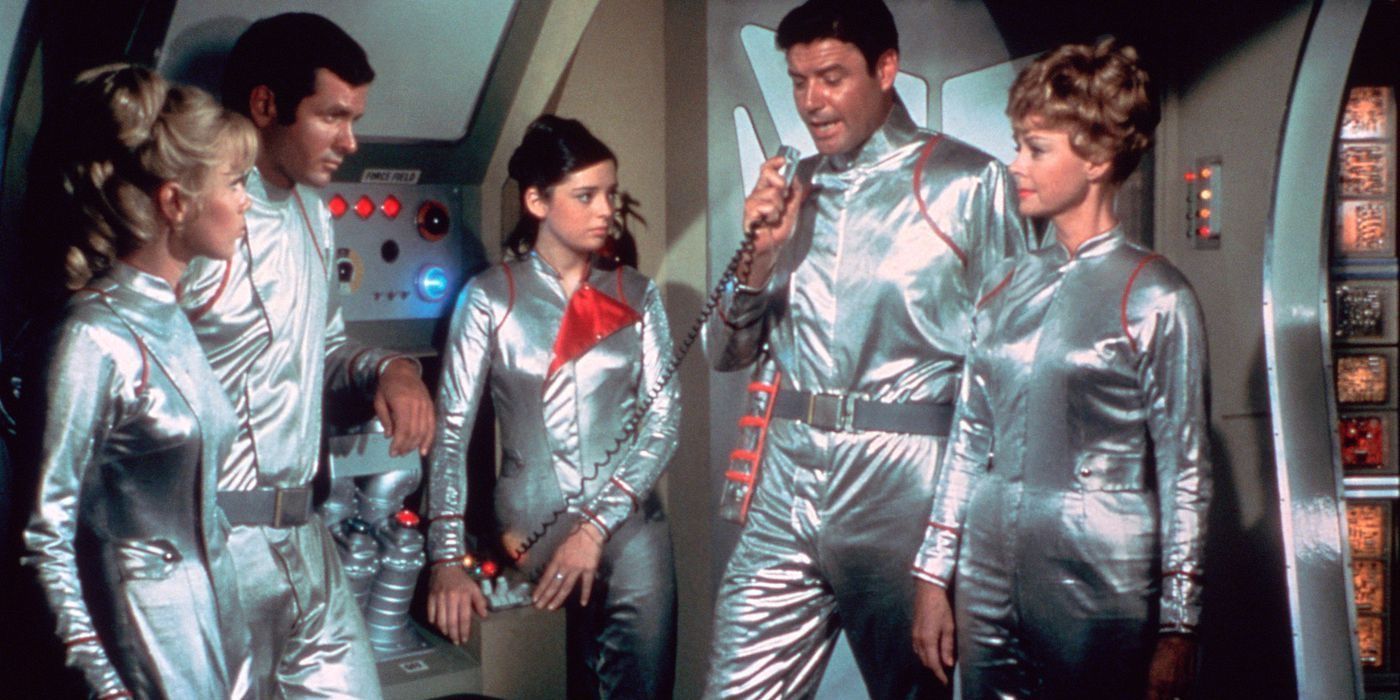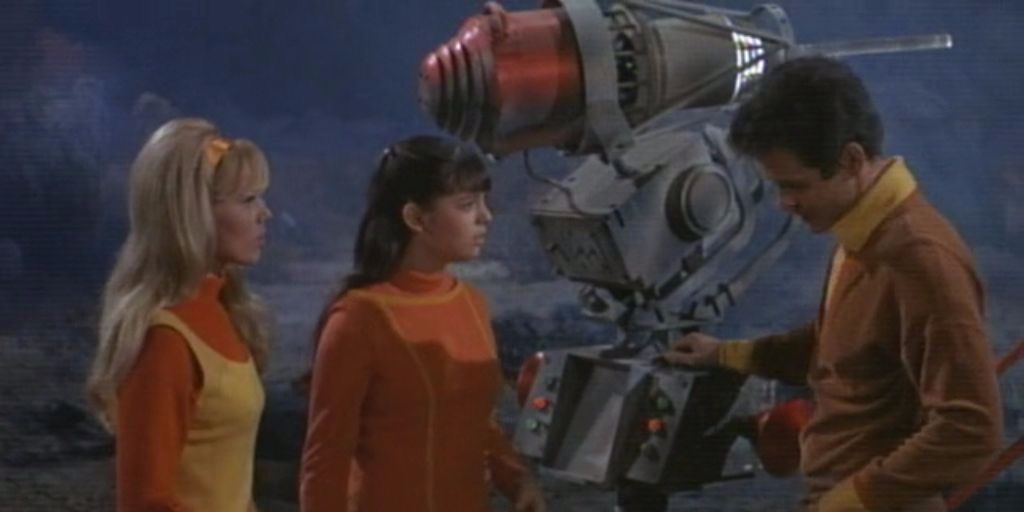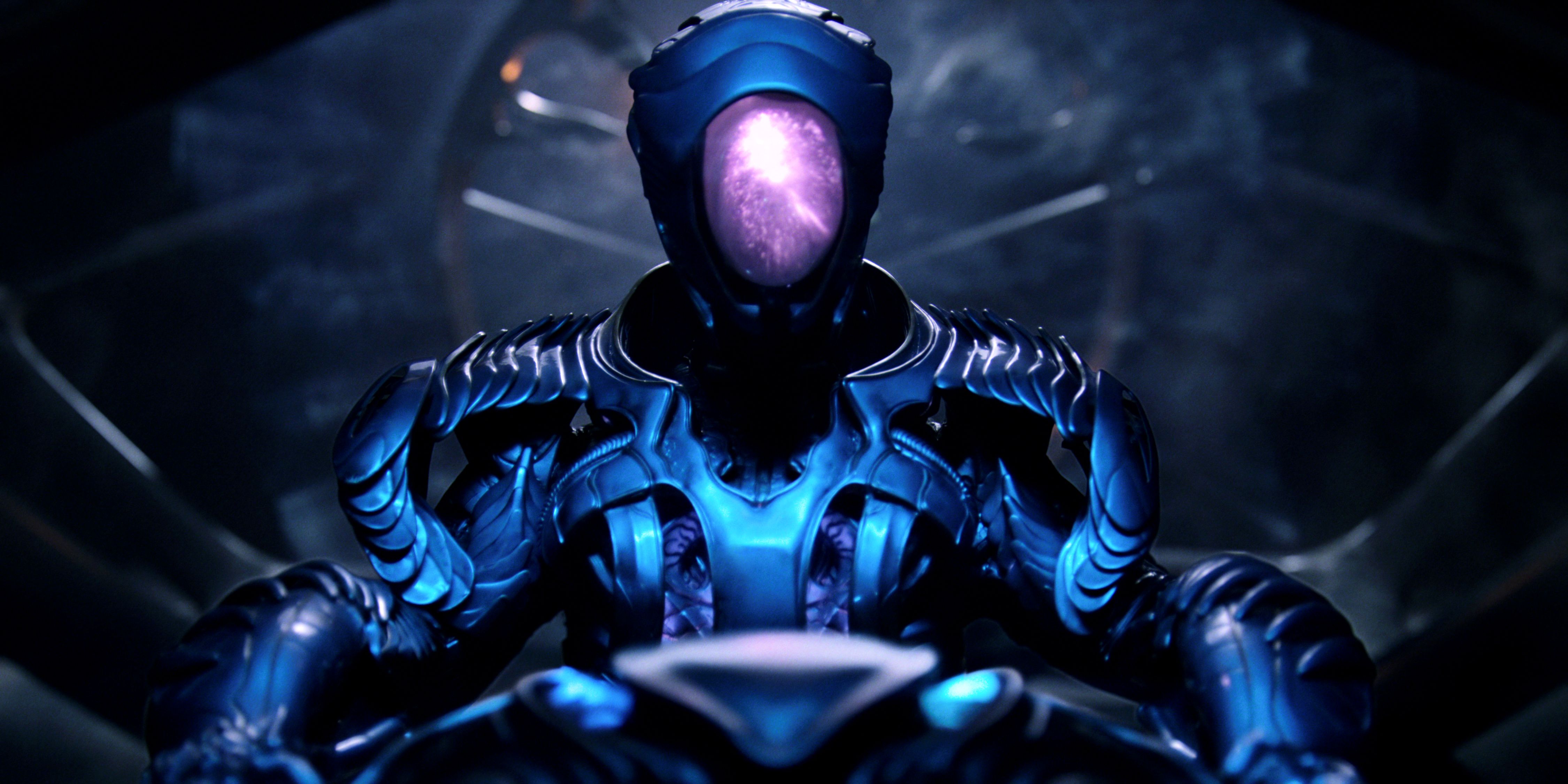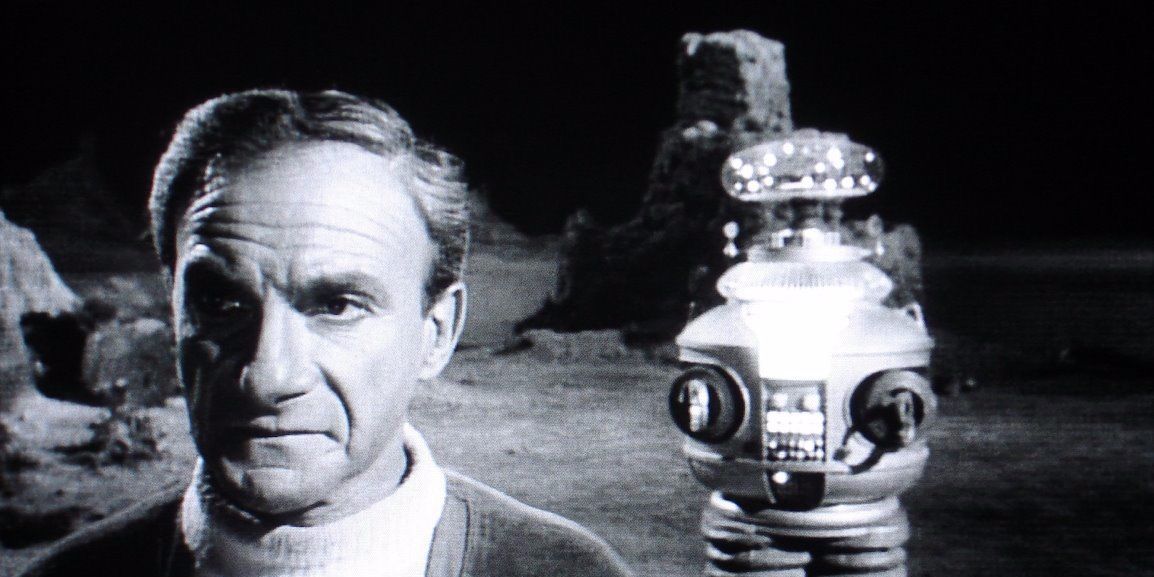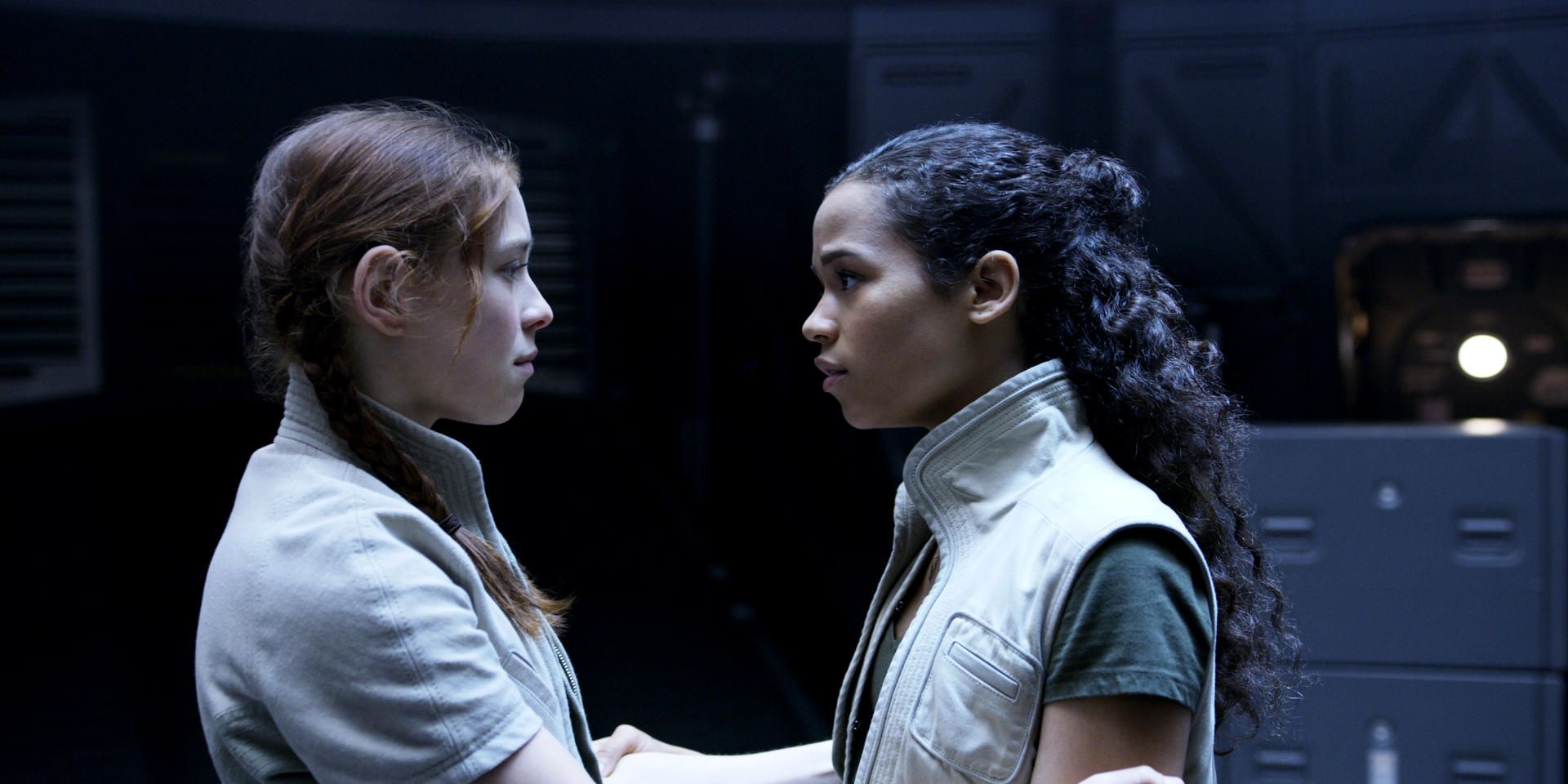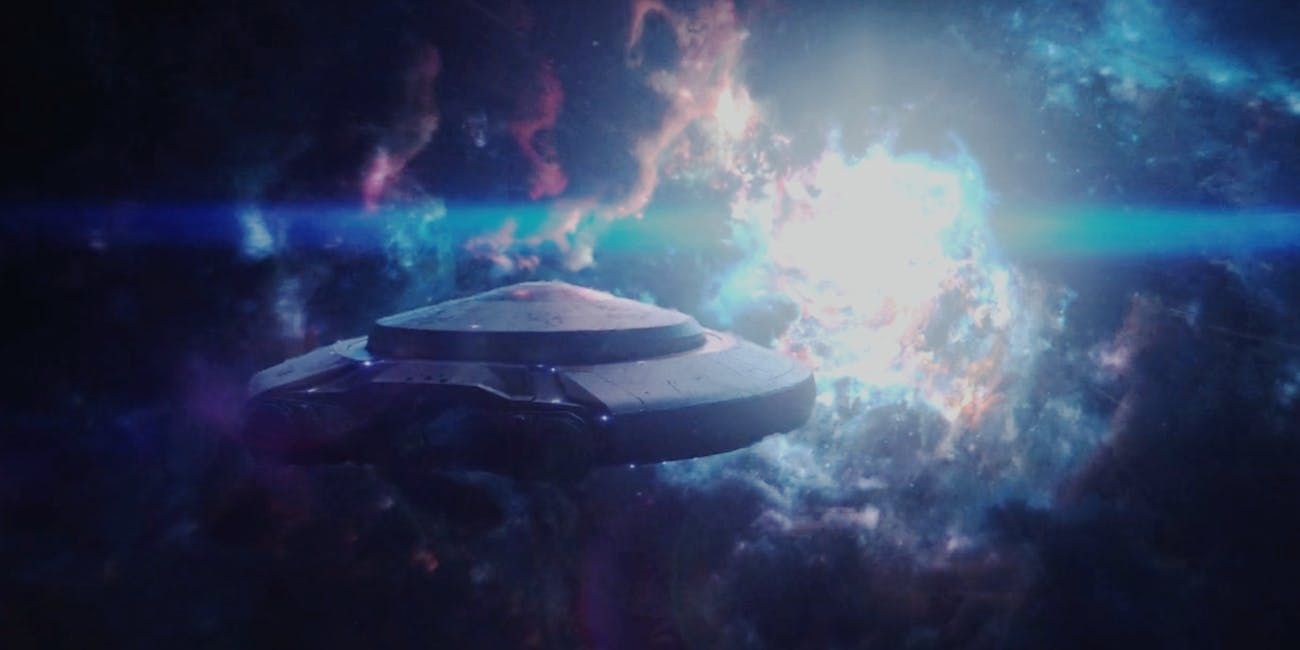Back in the 1960s, space exploration was accomplished thanks to human ingenuity. This, in turn, led to the creation of science-fiction TV shows that embodied the optimism people had about exploring the universe, with Lost in Space being among them.
Focused on a family that is sent off into space to colonize a new world, only to get hopelessly lost thanks to a stowaway spy, the Lost in Space TV show was quite popular at the time. Then after an unsuccessful 90s movie, we got a reboot on Netflix last year. But how does it compare to the original?
Better: The Special Effects
While the 1050s and 60s were the first Golden Age of Television before the current one, the special effects their shows were capable of seem childish by today’s standards. But compared to the likes of the original Star Trek series, whose special effects are surprisingly decent despite their primitiveness, the original Lost in Space series’ effects are pretty lame with clearly painted backdrops and studio-based sets.
By contrast, the Netflix reboot takes advantage of the leaps that CGI has taken to create more visually stunning environments (as the above image shows) that are both familiar and extraterrestrial due to some filming in real locations. As a result, they’re more convincing than an obvious set.
Worse: The Pacing
Despite all the hype that the Lost in Space reboot got prior to its release, its first season was given a mixed reception by critics. One of the reasons for this was the pacing, which “Lags and sags in a way that will leave viewers bored stiff” as described by Vox. The first episode, for instance, revolved around the show’s heroes the Robinson family trying to get one of their own out of a frozen lake and not much else.
Now the original Lost in Space series wasn’t great on pacing either due to lingering moments and repetitive dialogue, but at least more stuff happened. The first episode not only had the Robinsons’ ship being sabotaged, but they also dealt with a meteor bombardment a robot attack and the episode ended with one of the family members drifting off into space.
Better: Makes Everyone Useful
Being a product of its time, the original Lost in Space series didn’t do much in the way of representing different races. As a result, the Robinson family were as white as Wonder Bread (though the original Star Trek series was an exception to this).
The Netflix reboot, on the other hand, has a more diverse family with the oldest daughter Judy being African-American. Plus, each family member does something useful in each episode. Whereas in the original series, only the men took action while the women and children didn’t do much.
Worse: The Family Dynamic
No matter what anyone thinks of it, the Nuclear Family dynamic is a deep psychological and societal way of how families view themselves as well as others. Stemming from the late 1950s in wake of the Cold War, its influence appeared on shows like Lost in Space as the Robinson family were a perfect representation of the Nuclear Family.
For this reason, they were both easy to understand and relatable with clearly strong bonds between each member. By comparison, the family in the Lost in Space reboot act like they’ve met each other for the first time with no sense of a deeper connection unless they’re in trouble.
Better: The Robot Is More Complex
Among the things that most people know about the original Lost in Space show was the Robot, whose famous line “Danger, Will Robinson!” is still remembered to this day. Design-wise, though, he basically resembled a dumpster on wheels with a lightbulb for a head and flailing pincer-shaped arms. He also wasn’t very interesting as a character and was mainly a comedic foil to the show’s villain Dr. Smith.
In the Netflix reboot, the Robot was significantly trimmed down in terms of width and given a darker color palette as opposed to the brighter colors of the original. His origin was changed as well to being from a mysterious alien species as opposed to being manufactured on Earth, making his character more interesting in the process.
Worse: Dr. Smith’s Characterization
The other character that underwent the most change in the Lost in Space reboot besides the Robot was Dr. Smith. Now having swapped genders from a man to a woman, she’s no longer the one who sabotages the Robinsons’ ship but is a mysterious stowaway whose background isn’t revealed till later.
For this reason, she’s arguably more interesting than the devious but bumbling Dr. Smith from the original series but because her motivations aren’t clear it’s hard to get invested in her as a character. By contrast, the original Dr. Smith’s motivations were pretty clear (being mainly self-preservation) which made him both threatening and amusing to watch.
Better: Makes The Women Equal To The Men
As stated before, the women weren’t particularly useful in the original Lost in Space series apart from the children while the men were the most proactive when it came to different situations. This comes from the Nuclear Family dynamic, which believed the men had to work while the women merely had to support them.
Today, this view is considered sexist which the Netflix reboot thankfully fixes by representing the men and women in an equal manner. Plus, it makes sense considering that everyone’s fighting for survival on an alien world regardless of gender.
Worse: Brings In Other Issues That Don’t Matter
Since the majority of Lost in Space takes place away from Earth, it doesn’t make sense to bring in other issues that ultimately aren’t going to matter on alien worlds. Hence, the original series’ set-up was pretty straightforward with the Robinsons being sent off to colonize space for America. Though Smith being a spy for an unnamed country that wanted to prevent this became irrelevant after the first episode, it was used as a source of tension between him and the Robot who knew Smith’s secret.
Comparatively, the Netflix reboot had a more contrived set-up by having the Robinsons and dozens of other colonists leave Earth because of a meteorite that’s making the planet uninhabitable when a simpler set-up would’ve been just fine. It also introduced things like the mother Maureen filing for divorce right before her family heads off into space which ends up being pointless.
Better: Makes One Want To Keep Watching It
When it comes to viewer interest in any given show, several factors including audience expectations play a large role in whether the show succeeds or not. However, these things are subject to change with time. For instance, while the original Lost in Space series may have been mind-blowing for those watching it in the 1960s it’s really dull to watch now.
So the Netflix reboot is better in this regard because it caters to what today’s television audience expects with gripping action scenes sudden drama and plenty of mysteries. This in turn makes people want to binge-watch it, which streaming services like Netflix are known for.
Worse: Leaves A Lot Of Questions Unanswered
Though leaving questions unanswered during an episode or entire season of a show is typical on most shows made today, there’s a fine line between leaving enough questions to interest viewers and too many. The Lost in Space reboot falls into the latter as the first season had a cliffhanger ending that raised more questions regarding the Robinsons’ situation than gave actual answers.
Meanwhile, the original series didn’t leave as many unanswered questions. Each episode was relatively self-contained, with maybe a cliffhanger at the end to make one watch the next one to see what happens. Thus, one got more out of a single episode than watching dozens of them to answer one question.

